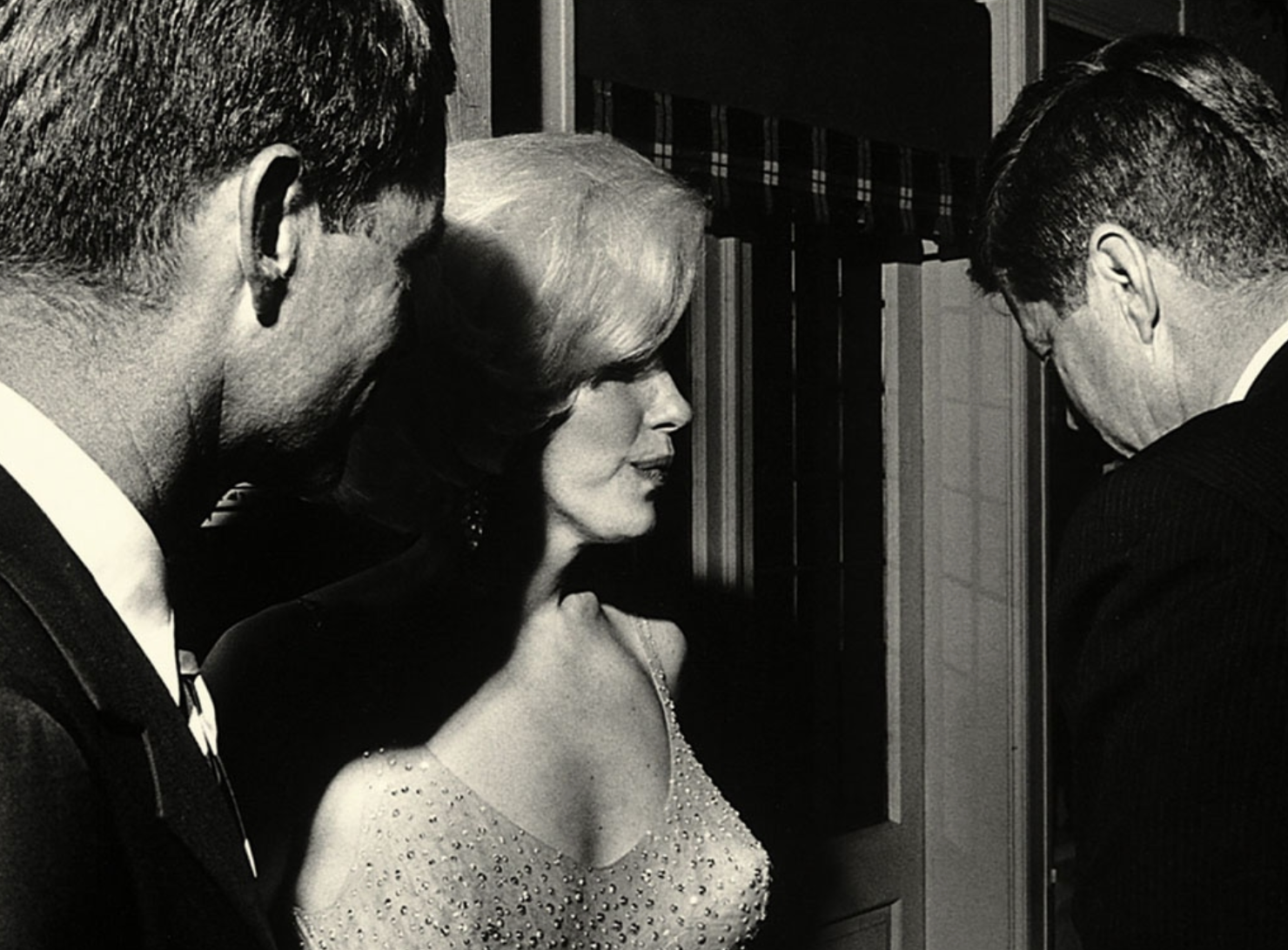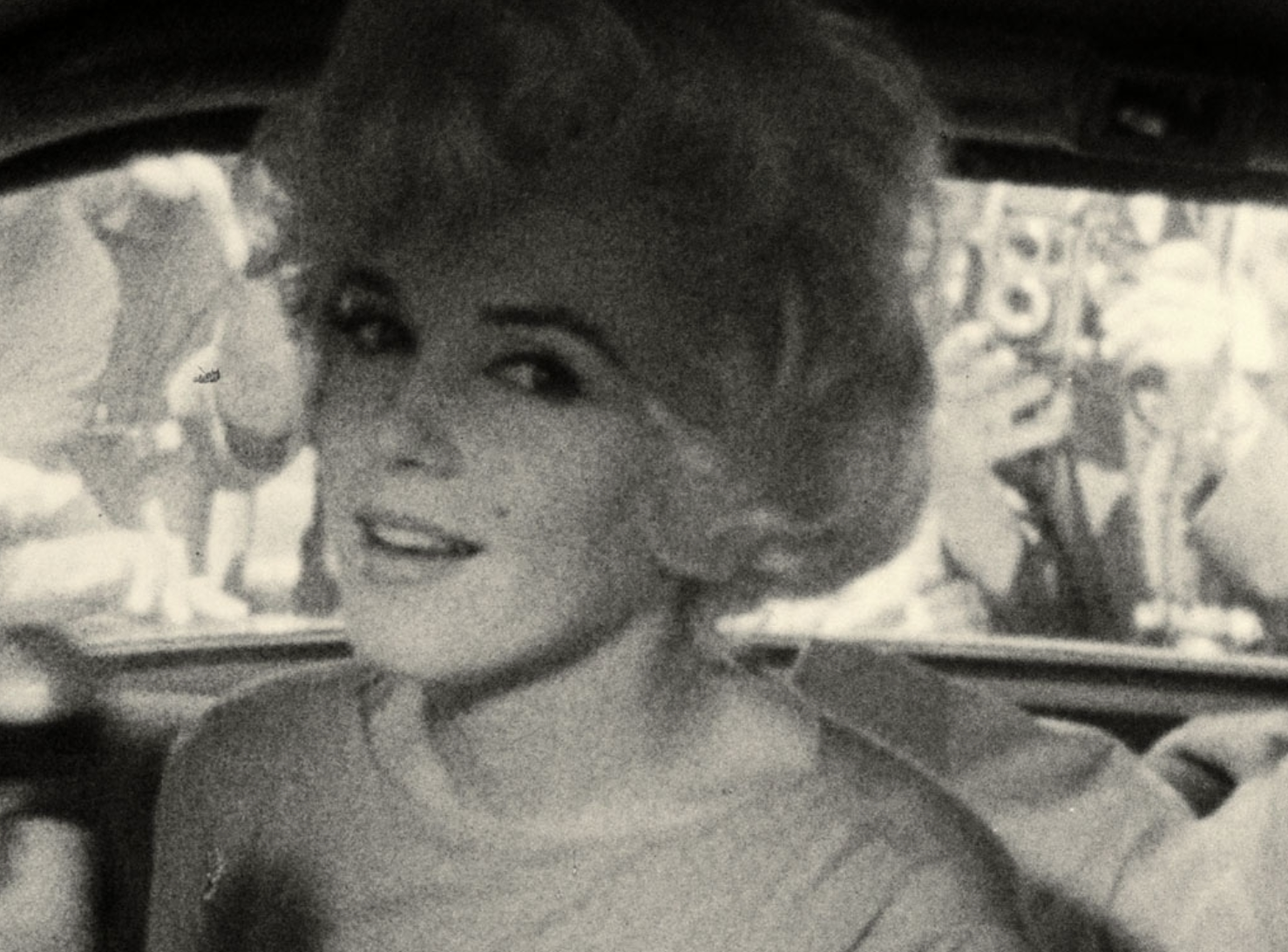Marilyn Monroe’s Final Hours and More Devastating Details in The Unheard Tapes
For the past 60 years, it’s been impossible to separate Marilyn Monroe’s longevity as a superstar from her death.

And yet it’s the cultural punch she packed when she was alive—radiating beauty and charisma from the screen while her tumultuous personal life perpetually overshadowed her serious acting ability—that made people obsessed with her untimely demise.

In turn, ever since a 36-year-old Monroe was found dead—or was she?—at her Brentwood home on Aug. 5, 1962, for many there’s been a mystery to be solved along with a flesh-and-blood person to be mourned.
There isn’t much about the woman born Norma Jeane Mortenson that hasn’t been thoroughly parsed, from her childhood bouncing between foster homes and never knowing her father to her longing to have a child of her own to her affairs with men in very high places and the subsequent conspiracy theories that her love life got her killed.

But as the icon herself is heard saying in the new documentary The Mystery of Marilyn Monroe: The Unheard Tapes, now streaming on Netflix, “How do you go about writing a life story? Because the true things rarely get into circulation. It’s usually the false things. It’s hard to know where to start if you don’t start with the truth.”
This film starts with audio recordings from the research that journalist and author Anthony Summers began in 1982, when the Los Angeles County District Attorney’s Office started a threshold inquiry into Monroe’s death by barbiturate overdose, a precursor to deciding whether to open a full-blown investigation.

According to his tally, Summers interviewed a thousand people, including 650 on tape, two dozen of whom are heard from here.
While most of the subject matter is well-trod ground (aside from other countless deep dives into her life and death, this project is built upon Summers’ 1985 book Goddess: The Secret Lives of Marilyn Monroe), the dichotomy between how the world saw the actress and what her experience of superstardom actually was never fails to leave a haunting impression.
And if you don’t know the purported real timeline of events that Summers lays claim to, the truth having been hiding on the receiving end of some well-placed phone calls, watching him recount his detective work in that capacity can be quite eye-opening.

Here are all the times Marilyn’s story made us shout “You deserved so much better!” at the TV:
The Soul of an Artist Knowing that her appearance worked both for and against her (though mainly for), Marilyn Monroe wanted more than anything to be taken seriously as an actress.
“If I am a star, the people made me a star… but I do want to be wonderful, you know?” she’s heard saying in an audio recording. At another time, she said, “What I’d like to accomplish, I would like to be a good actress, a true actress. An artist, with integrity.”
Among the dozens of old interview clips included in the Netflix documentary, her Gentlemen Prefer Blondes co-star Jane Russell told journalist Anthony Summers that they’d work all day and Monroe would meet with her acting coach at night. “She was very bright and she wanted to learn,” Russell said, “and was interested in everything to help her control her career.”
John Huston, who directed Monroe in one of her first films, 1950’s Asphalt Jungle, and her last finished movie, 1961’s The Misfits, recalled meeting the “very fresh, very attractive, rather timid, shy” young woman for the first time at her audition, where she “read her lines beautifully.”

And her appeal went beyond her looks, the filmmaker noted. Though she was the “sex symbol of this century,” he noted in the 1980s, “it wasn’t just a sex thing at all. Women felt just the same as men. There was something deeply moving about Marilyn, always.”
Bronx Bomb Monroe met New York Yankees star Joe DiMaggio after he retired and they dated for more than a year before eloping at San Francisco City Hall on Jan. 14, 1954, the second marriage for each of them. They both wanted children, but otherwise their brief union was plagued by not being on the same page about her career.
The notoriously jealous DiMaggio was on set the day they shot the iconic windblown-skirt moment for The Seven Year Itch in front of Manhattan’s Trans-Lux 52nd Street Theater, and he blew up about it in the lobby. Talking to Summers, the film’s hairdresser Gladys Whitten remembered Monroe coming to work the next day with bruises on her shoulders. “With a little makeup and everything, she went ahead and worked,” Whitten said.

Monroe filed for divorce that October, telling reporters at a news conference with her lawyer, “Our marriage wasn’t a happy one, it ended in nine months, unfortunately. I don’t know what else to say.”
DiMaggio, who had a son with his first wife, never remarried and his attorney Morris Engelberg, who was among those at his bedside when he died in 1999, told Vanity Fair that the athlete’s last words were, “‘I’ll finally get to see Marilyn.'”
Lasting Childhood Trauma Monroe never named names, but she was sexually abused at some point during her girlhood, when she lived in more than 10 foster homes and spent time in an orphanage while her mother was in and out of psychiatric hospitals. She never knew her father (an upcoming French documentary purports to have new information about that mystery), and that absence haunted her throughout her life.

“She knew people who were psychotic from [being molested] and she felt that at least she’d survived that,” her actress friend Peggy Feury told Summers of Monroe’s take on her abuse. Monroe once said, as quoted by Summers in the Netflix film, “‘I knew it was wrong, but to tell you the truth I think I was more curious than anything else. Nobody ever told me about sex and frankly I never did think it was all that important.'”
Dress manufacturer and close Monroe friend Henry Rosenfeld claimed to Summers that Monroe—one night during a party game in which everyone was sharing what they wanted most in the world—”said she’d want to put on a black wig, pick up her father at a bar, have him make love to her, and then she’d say, ‘Well, how does it feel now to have a daughter that you’ve made love to?'”
The Crucible By all accounts, including her own—asked by a reporter what attracted her to him, she replied, “Have you seen him?”—Monroe was head over heels for playwright Arthur Miller, whom she married in 1956. And he saw… potential in her.
“Arthur Miller thought she was really intelligent and had a brain that was never cultivated. And that’s where he courted her,” Monroe’s friend Arthur James posited to Summers.
In London while Monroe was directed by Laurence Olivier in 1957’s The Prince and the Showgirl, she saw some of Miller’s notes lying around and was devastated to read some very disparaging words about “how disappointed” he was by his wife and that he had thought she was “some kind of angel,” but he was wrong.
Meanwhile, she was telling people she couldn’t wait to wrap that film (for which she was nominated for a BAFTA for Best Foreign Actress) so that she could go home and have a baby.
